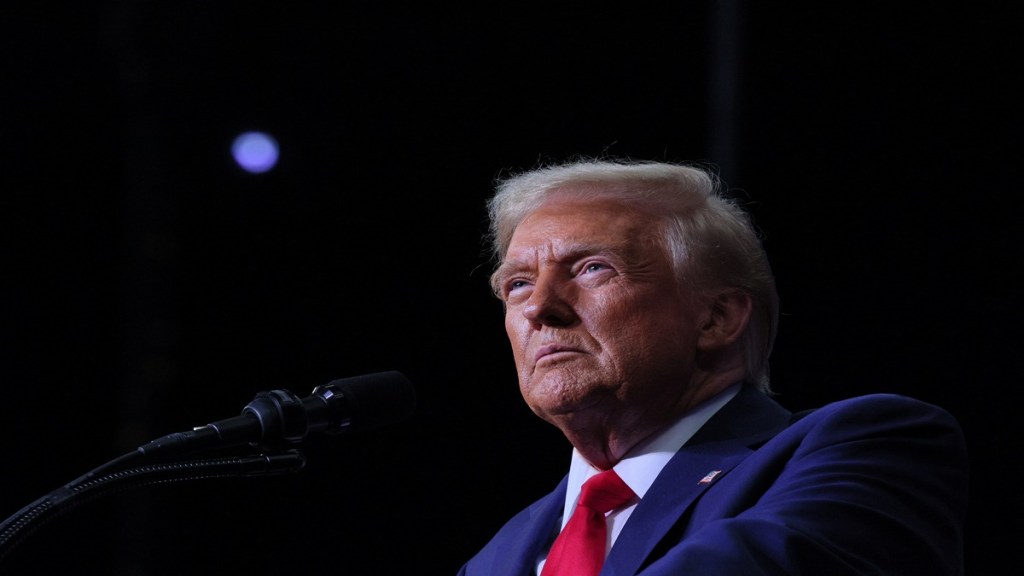By Anita Inder Singh
President Donald Trump’s second administration favours a multipolar world, but that does not mean it wants to end America’s global primacy. Trump 2.0 has clearly defined its expectations of multipolarity. Shortly after Trump’s inauguration as president on January 20, secretary of state Marco Rubio’s assertion that multipolarity is the norm of Trump 2.0 took many by surprise.
At one level, the Trump-Rubio multipolarity does not imply cooperation by “America First”. The logic is that the US is not responsible for the rest of the world.
Trump does not want the US to get involved in foreign wars, which is why he wants to see Russia and Ukraine at the peace table. This marks a departure from his predecessors who, since the end of World War II, held and preached that America is the economic, military, and moral leader of the world — and that it should stay that way. Rubio opined that as the sole superpower, the US “sort of” became “the global government, trying to solve every problem”.
Now each country will do what is in its national interest. Where interests align, there will be partnerships and alliances. Where differences are not aligned, diplomacy will be tasked with preventing conflict “while still furthering our national interests and understanding they’re going to further theirs”.
India is unlikely to be flattered by Rubio’s statement that the US and China are the main players in the contemporary world. This assertion also departed from Washington’s longstanding stance that America-China competition marks an ideological fight between authoritarianism and democracy. America’s national interest requires Trump’s Washington to work “sometimes in cooperation with people who we wouldn’t invite over for dinner or people who we wouldn’t necessarily ever want to be led by”. Foreign policy, Rubio affirmed, should be based on shared interests, not platitudes or impractical utopian ideas.
China and America will therefore cater to their own best interests. In that sense, China would not be able to use multipolarity as a weapon against the US because both countries would be prioritising their national interests.
Interest-based conflicts can be aggressive, but they could be more manageable than ideological ones because they deal with concrete issues. But America’s national interest does not accept China’s ambition of becoming the world’s most powerful country.
Rubio did not say that America will end its primacy. But if the simultaneous implication of his view of multipolarity is that the US cannot be a global problem-solver, the gaps between what the Trump administration thinks, says, and does could end up being quite wide.
For instance, in his inaugural speech in January, Trump spoke of expanding US territory in Greenland, Canada, and the Panama Canal, very much in line with America’s 19th-century tradition of “manifest destiny”. In American history manifest destiny referred to the presumed inevitability of continued territorial expansion of the boundaries of the US westward to the Pacific and beyond. Trump’s only mention of China was to accuse it, wrongly, of operating the Panama Canal. China is in fact the second-largest user of the canal, after America. Trump sees the success of the US in the wars it wins, ends, “and perhaps most importantly, the wars we never get into”.
Significantly, Rubio spoke of Russia and China in adversarial terms, and did not imply or suggest that they should have spheres of influence. America will retain its primacy and is unlikely to remove all its troops from Europe, West Asia, and Asia.
When it comes to the crunch, Trump’s Washington wants “to avoid armed conflict as much as possible, but never at the expense of our national interest…that’s the tricky balance”.
How this would be translated into policy is the awkward question. At the very least Washington wants to minimise the risks of escalation if initial talks do not succeed. Like his predecessors Trump has accepted the One-China Policy, which means that Taiwan is part of China, but he simultaneously sees no reason why this agreement should continue without key concessions from Beijing. That is a tall order.
Countries advocating American restraint nevertheless hope that Trump will end the wars in Ukraine and West Asia and try to establish competitive coexistence with its arch-rival China.
New Delhi sees Trump’s US move towards multipolarity as something that suits India. But the many countries that profess their strengths in a multipolar world are not equally matched in terms of influence, and economic and military capacity. That is obvious from India’s difficulties in countering competition from China even in South Asia, and within the Quadrilateral Security Dialogue, in which it is the only non-aligned country and economically the weakest one compared to America, Australia, and Japan. The Quad itself is neither an economic or military alliance, nor can it counter the global economic clout China has gained by getting some 150 countries to join its Belt and Road Initiative. Trump wants the Quad to play a greater military role.
On another plane, preferring bilateral agreements to multilateral institutions like the World Trade Organization, Trump is already pushing India on reducing its buys of Russian oil and lowering tariffs. How New Delhi, which is active in multilateral organisations, will deal with his imperious behaviour remains the open question.
Trump’s “America First” and MAGA (Make America Great Again) stances will always uphold his country’s ascendancy. Whether or not he manages to separate morality, interests, and ideology, India’s place in Trump’s grand strategy will take time to be established.
The writer is founding professor, Centre for Peace and Conflict Resolution.
Disclaimer: Views expressed are personal and do not reflect the official position or policy of FinancialExpress.com. Reproducing this content without permission is prohibited.

